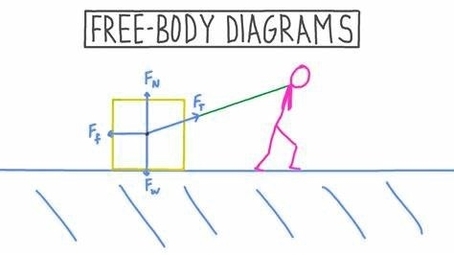
A free body diagram is a graphical representation of an object and the forces that act on it. It is a useful tool for analyzing the forces and moments acting on a body in a given situation. Here is an example of a free body diagram of a book resting on a table:
“`latex
begin{tikzpicture}
node[draw,rectangle,minimum width=2cm,minimum height=1cm] (book) {Book};
node[draw,rectangle,minimum width=4cm,minimum height=0.5cm,below=0.5cm of book] (table) {Table};
draw[->,thick] (book.center) — ++(0,1.5) node[above] {$F_N$};
draw[->,thick] (book.center) — ++(0,-1.5) node[below] {$F_g$};
end{tikzpicture}
“`
The book is represented by a box, and the table is represented by another box below it. The forces acting on the book are the normal force ($F_N$) exerted by the table and the gravitational force ($F_g$) exerted by the earth. The arrows show the direction and relative magnitude of the forces. The length of the arrow is proportional to the magnitude of the force, and the label indicates the type of force.
To draw a free body diagram, one must follow these steps:
